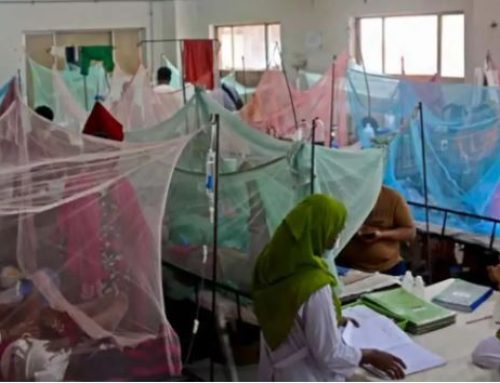Project Description
Author: Goutam et al.
Summary:
Multi-drug resistant Enterobacter cloacae is one of the major causes of nosocomial infection. A vaccination approach would be effective to prevent the burden of disease related to this organism. Hence, the present study aimed to evaluate the memory B cell response after intradermal immunization of formaldehyde-inactivated Enterobacter cloacae in a murine infection model.
Methods
The present in vivo study was conducted on swiss albino female mice in the department of Microbiology of Dhaka Medical College. A total of 15 mice were randomly divided into 3 groups: Experimental mice (inoculated with formaldehyde inactivated whole cell Enterobacter cloacae emulsified with PBS on day 0, 14 and 28 followed by a lethal challenge with live MDR Enterobacter cloacae), Placebo controlled mice (inoculated with PBS) and Negative control mice (uninoculated and uninfected). Serum from the tail blood was collected 10 days after 1st inoculation then 7 days after each inoculation and finally by cardiac puncture after 14 days of lethal challenge. Blood from cardiac puncture of group-1 and group-3 was used to separate peripheral blood mononuclear cells (PBMC) by density gradient centrifugation on Ficoll-isopaque and culture these cells in RPMI media containing 10% heat-inactivated fetal bovine serum. After that, bacterial antigen was introduced into the media to induce memory B cells to become antibody secreting cells (ASC). Optical density (OD) value of IgG antibody absorbance by ELISA was done for serum sample and cell culture supernatant.
Status: Ongoing
Full text link: Not available



